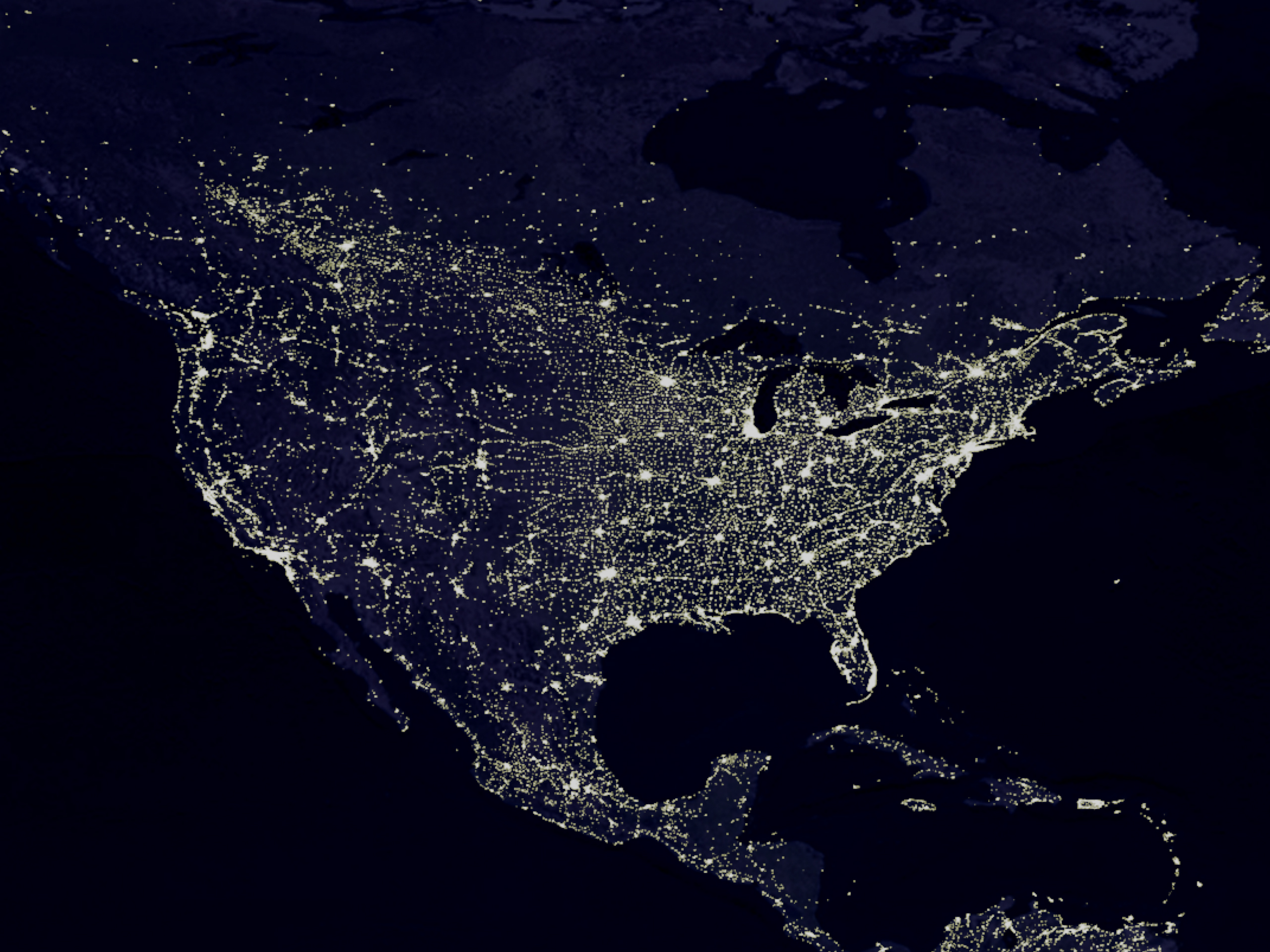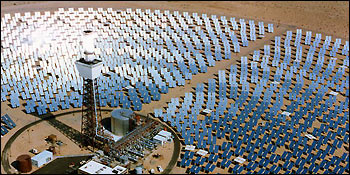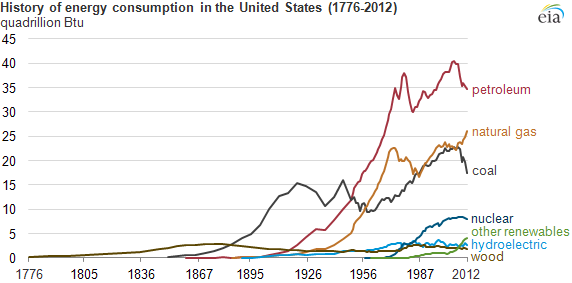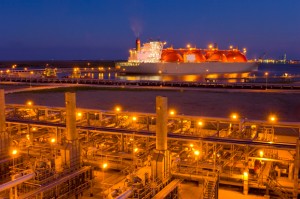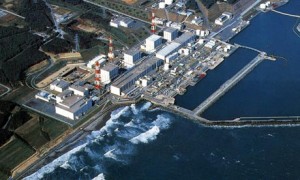587 item(s) were returned.
Director, Energy Project
Bipartisan Policy Center
The Bipartisan Policy Center’s (BPC) Energy Project seeks your input as part of a yearlong effort aimed at fostering constructive dialogue and action on reforming the Renewable Fuel Standard (RFS). BPC commissioned a series of background papers on various RFS topics. The last three papers, summarized below, approach the RFS from the perspectives of policy and law, considering both the Environmental Protection Agency’s authority as well as broader federal regulations. Inventory of Federal Regulations Affecting Biofuels other than the Renewable Fuel Standard [Read here] Van Ness Feldman “Although the RFS has been the key driver in the production and use… [more]
View InsightProgram Manager
OurEnergyPolicy.org
CleanTECH San Diego is a private, non-profit member organization formed in 2007. As one of the nation’s premier cleantech cluster organizations, its mission is to position the region as a global leader in the cleantech economy.
View InsightDirector, Energy Project
Bipartisan Policy Center
The Bipartisan Policy Center’s (BPC) Energy Project seeks your input as part of a yearlong effort aimed at fostering constructive dialogue and action on reforming the Renewable Fuel Standard (RFS). BPC commissioned a series of background papers on various RFS topics. The first two papers, summarized below, approach the RFS from the standpoint of technology and infrastructure, considering both vehicles and the fuels supply chain. Technical Barriers to the Consumption of Higher Blends of Ethanol [Read here] The International Council on Clean Transportation “Taking all of these studies together, we conclude that vehicles model year 2001 or later can safely… [more]
View InsightCyberattacks are occurring with greater frequency and severity, and could have enormous impacts on huge swaths of the highly interconnected electric grid. Despite the serious risks posed by cyber attacks, insurance coverage for utility companies is often not comprehensive or too expensive, as reported by a recent EnergyWire article. The article goes on to explain that this is “partly because insurance underwriters have had trouble fleshing out risk assessments with hard numbers. Utilities are tight-lipped about their cyber vulnerabilities for fear of legal repercussions (and exposing themselves to new threats).” The Department of Homeland Security’s Cybersecurity Insurance Workshop Readout Report explains… [more]
View InsightDistinguished Professor of Energy
University of California, Berkeley
This is the second in a series of discussions led by invited speakers at the upcoming Physics of Sustainable Energy conference to be held March 8-9, 2014 at the University of California, Berkeley. Find more details below. The new Ivanpah Solar Electric Generating System located in California’s Mojave Desert is the world’s largest concentrated solar thermal power station. The first of it’s kind at this scale, Ivanpah’s 392 megawatts of capacity (enough to power 140,000 homes) is generated by 360,000 garage-door-sized mirrors concentrating sunlight onto a 40-story boiler tower. The heat from the sunlight boils water in the tower and… [more]
View InsightUniversity Distinguished Professor
Michigan State University, Dept. of Chemical Engineering
It is clear that the Age of Oil is winding down. Worldwide, the rate of discovery of new oil reserves peaked in the 1960s and in the US our peak rate of oil discovery occurred in the early 1930s. In recent years the world has used about three barrels of oil for every barrel of new oil reserves discovered. Thus we are living largely on past oil discoveries. There is still a lot of oil in the world, and we will still be using a lot of oil decades from now. But it will be increasingly expensive both economically and… [more]
View InsightChairman of the Energy and Commerce Subcommittee on Energy
U.S. House of Representatives
The House Energy and Commerce Committee recently released a policy paper entitled “Prosperity at Home and Strengthened Allies Abroad – A Global Perspective on Natural Gas Exports.” Over the past year, our committee has analyzed the effects of exporting U.S. liquefied natural gas (LNG) through a series of hearings and an international forum. This report is the culmination of our efforts, detailing the economic and geopolitical benefits of U.S. LNG exports and outlining the actions necessary to realize them. Through our analysis, we found that LNG exports offer the opportunity for the U.S. to improve the domestic economy while providing… [more]
View InsightSenior Tax Counsel
United States Senate Committee on Finance
As part of his efforts to comprehensively reform the tax code, Senate Finance Committee Chairman Max Baucus (D-MT) released a staff discussion draft on December 18, 2013 that proposed a dramatically simpler set of energy tax incentives that are technology-neutral, more predictable, and promote cleaner energy that is made in the United States. Policymakers have included tax breaks for energy in the tax code for nearly one hundred years. These incentives were created with good intentions to create jobs, promote energy security, and help reduce air pollution and environmental damage. But over the years, the number of provisions has ballooned… [more]
View InsightMember of the Faculty Emeritus
Evergreen State College
This is the first in a series of discussions led by invited speakers at the upcoming Physics of Sustainable Energy conference to be held March 8-9, 2014 at the University of California, Berkeley. Find more details below. At roughly 48% of US energy use, the environmental performance of the US building stock plays a large role in progress, or lack of it, toward sustainability. Improving our buildings has turned on having a believable standard for assessing how green a proposal is. Since its introduction in 1998, one such standard has been LEED (Leadership in Energy and Environmental Design), whose attractive… [more]
View InsightPresident
Micro-Utilities, Inc.
The meltdowns at three nuclear plants at Fukushima, Japan almost three years ago were an economic disaster, but were these plants inherently unsafe? Did the Fukushima designs provide adequate safety during extreme circumstances? The magnitude 9 earthquake that hit Japan in 2011 was its largest ever. However it was the enormous tsunamis that led to meltdowns. At Fukushima the spent fuel pools never leaked water in spite of the earthquake, its aftershocks, and tsunamis. Even Fukushima’s emergency power systems initially survived the earthquake, only to be soon destroyed by the tsunamis. The nuclear plants at Fukushima were in an extreme… [more]
View Insight

